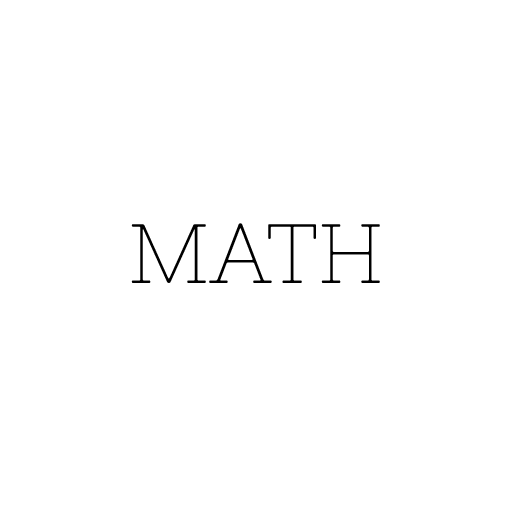
Millennium 3D Chess adds numerous layers to an 8×8 board. The game is played on three 8×8 cube-shaped boards on various levels. The original game becomes more strategic with this three-dimensional battlefield. How to play Millennium 3D Chess, with tactics and formulae.

Understanding the Board: The Millennium 3D chess board has three 8×8 planes, Level 1, Level 2, and Level 3. From Level 1 to Level 3, each level represents a 3D layer.
Piece Movement: Pieces move like normal chess on their levels. They may also traverse levels vertically and diagonally. A bishop may diagonally move from Level 1’s e4 to Level 3’s h7.
Mastering Millennium 3D Chess requires learning movement formulas:
- Rooks, queens, and kings may travel vertically between levels on the same file.
- Diagonal 3D Movement: Bishops and queens may move diagonally by changing rank, file, and level.
- Knight Movement: Knights may travel in a ‘L’ form across any two dimensions, changing levels.
Pawn Promotion: Pawns that reach the far rank on the third level are promoted.
Strategies:
- Control the Levels: Like the center in classical chess, managing the levels is vital. Second-level pieces may impact the board more readily.
- Consider the vertical and horizontal effects of pawn arrangements. Second-level pawns may control first- and third-level squares.
- Layered Defense: Stagger your pieces defensively to cover areas above and below with three levels.
- Strategic Reserves: Keep some pieces on the lower levels as reserves to bring into the game as it develops, similar in conventional chess.
Beginning Principles:
- Create components to regulate level centers.
- Pushing the same item again is unnecessary.
- Consider component placement on all levels before moving.
Principles of Midgame
- Look for cross-level attacks.
- Always be alert of multi-level risks.
- Try to manage middle-level key squares.
Final Principles:
- King safety is more complicated in 3D chess. Protect your king while allowing movement.
- If you have a tangible advantage, simplify the position to prevent third-dimensional complexity.
- Hide your promotion pawns from your opponent’s pieces in the third dimension.
Example:




Millennium 3D Chess is a more complex variation of regular chess. The game tests spatial thinking and strategic planning since players must think in three dimensions. Players may see and anticipate moves in this multi-layered playing area with practice, improving their chess skills—literally.
What's your reaction?
Excited
0
Happy
0
In Love
0
Not Sure
0
Silly
0







